Aleppo: Key dates in battle for strategic Syrian city
- Published
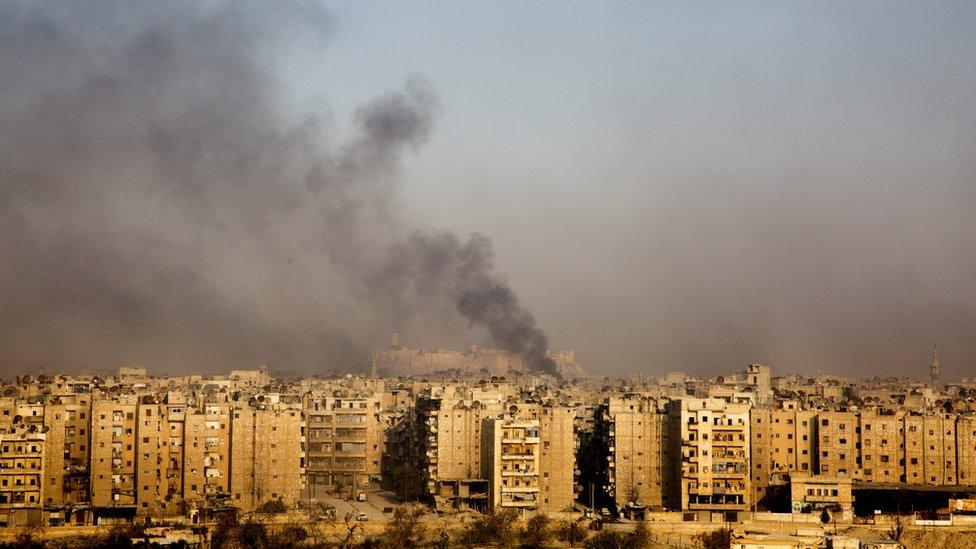
It has taken four years to for the Syrian government to take back control of Aleppo
Once Syria's largest city and the country's industrial and financial centre, Aleppo has been a key battleground in the nation's civil war since 2012.
When protests against President Bashar al-Assad and his government began in March 2011, Aleppo saw neither the large-scale protests nor the deadly violence that shook other towns and cities. That changed one year later. Here is a timeline of key events in that battle.
February 2012
The uprising against President Assad, which began with peaceful protests on 15 March 2011, spreads to Aleppo, with bomb attacks on Syria's second city.
The rebel advance is not decisive, however, and the city is later divided roughly in half, with the rebels controlling the east and the government the west.
Thousands of refugees flee the city.

June 2013
Syrian government forces launch Operation Northern Storm, a major offensive on rebel-held parts of the northern city.
Military reinforcements and weapons are sent to militias loyal to President Assad with the hope of gaining full control of the heart of Aleppo.

December 2013
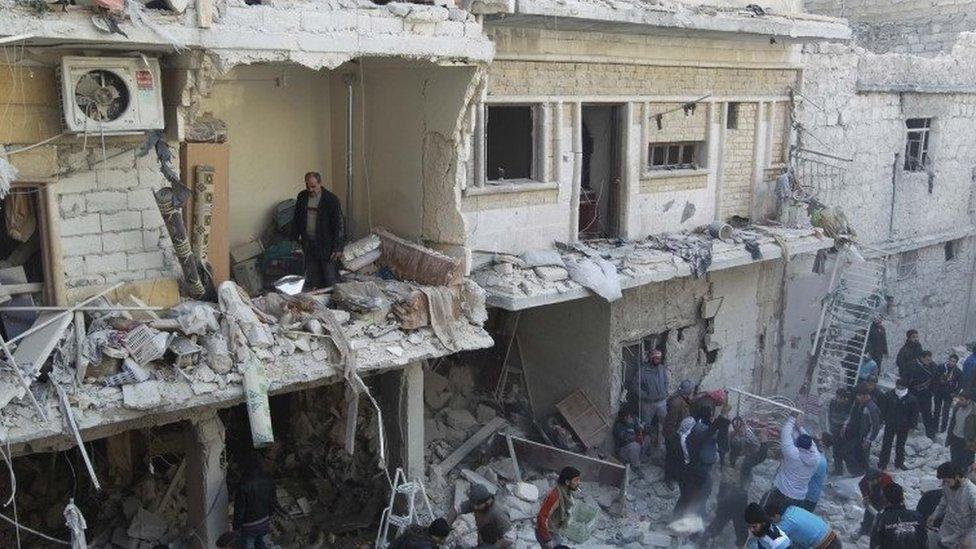
Residents search for survivors after an air raid in Aleppo, 28 December 2013
Government forces wage a deadly aerial campaign using barrel bombs, allowing them to make several gains.
Between mid-December and the end of the year, barrels packed with explosives and dropped from Syrian aircraft kill 517 people in the city.

May 2014
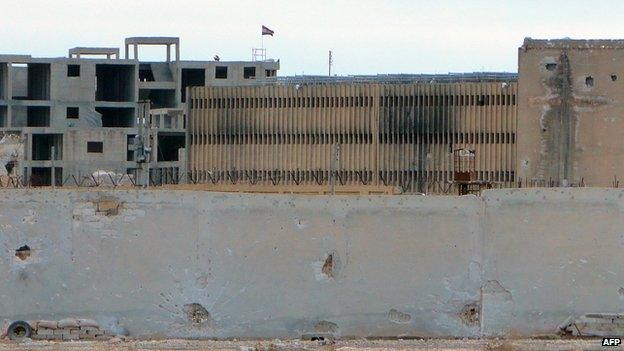
Rebels released several hundred inmates from Aleppo's central prison in February 2014
A year-long rebel siege on Aleppo's main prison is broken by government forces. Fighters with the al-Nusra Front, which is affiliated to al-Qaeda, and other Islamist rebel groups first began besieging the prison in April 2013.
Some 60,000 people in areas held by both the rebels and the government receive food aid for the first time in months.

Two years of deadlock
Neither side is able to break the deadlock in the divided city until mid-2016, when government troops backed by Russian air strikes severed the rebels' last route into the east and placed more than 250,000 people under siege.

July 2016
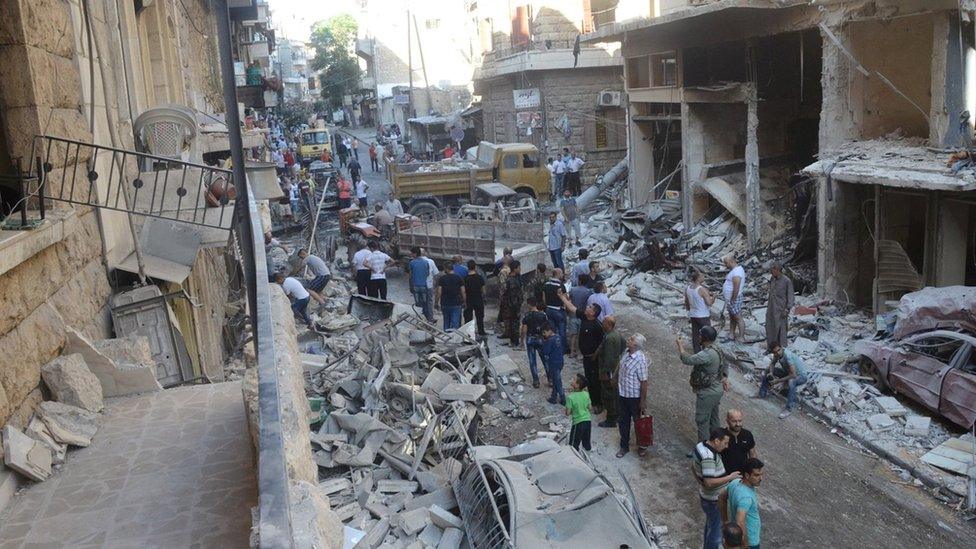
Several residential areas in Aleppo have been struck by rebel shellfire
After heavy fighting and air strikes overnight on 7 July, Syrian government forces successfully cut rebel access to the Castello Road - the only road into rebel-held areas of the city. Rebels say that no-one is able get into or out of the east of the city.
Following a failed attempt by Syrian rebel fighters to re-open the route into east Aleppo on 12 July, they launch an assault on government-held districts.

August 2016
Watch: The footage shows Omran in the back of an ambulance. The surgeon who treated him tells the BBC about his condition.
The month begins with the rebels encircled by government forces. More than 250,000 people suddenly find themselves under siege again.
Later, rebels and al-Qaeda-linked jihadist fighters in the countryside on the outskirts of the city seize back control of a route through a southern district, linking them up with the outside world.
Meanwhile, the image of a bloodied Syrian boy, Omran Daqneesh, sat in an ambulance, sparks international outrage and calls for a truce.

September 2016
Government forces retake the area they lost in August and resume the siege.
Following the collapse of a nationwide truce brokered by the US and Russia, the government launches a ground offensive to take full control of the city, accompanied by an aerial bombardment of unprecedented scale and intensity.

October 2016

Aleppo's Old City, which fell to rebels in 2012
A three-day unilateral ceasefire announced by Russia, which has been carrying out air strikes in support of the Syrian government, comes to an end on 22 October with heavy clashes.
Much of Aleppo, including the Old City, is destroyed.

November 2016
Syrian government forces recapture more than a third of rebel-held territory in eastern Aleppo. The rebels lose all of the northern neighbourhoods, leaving them with less than two-thirds of the territory they once had in the city.

December 2016
Troops advance further, seizing more districts in the east. Gains made by 9 December mean that Syria's government, with the help of Iranian-backed Shia militias and Russian air strikes, has recaptured at least 75% of eastern parts of the city.
By 12 December, rebels have lost more than 90% of the territory they once held in eastern Aleppo.
A day later, Russia announces that rebels have agreed a deal to leave the last parts of the city they held.
- Published23 December 2016
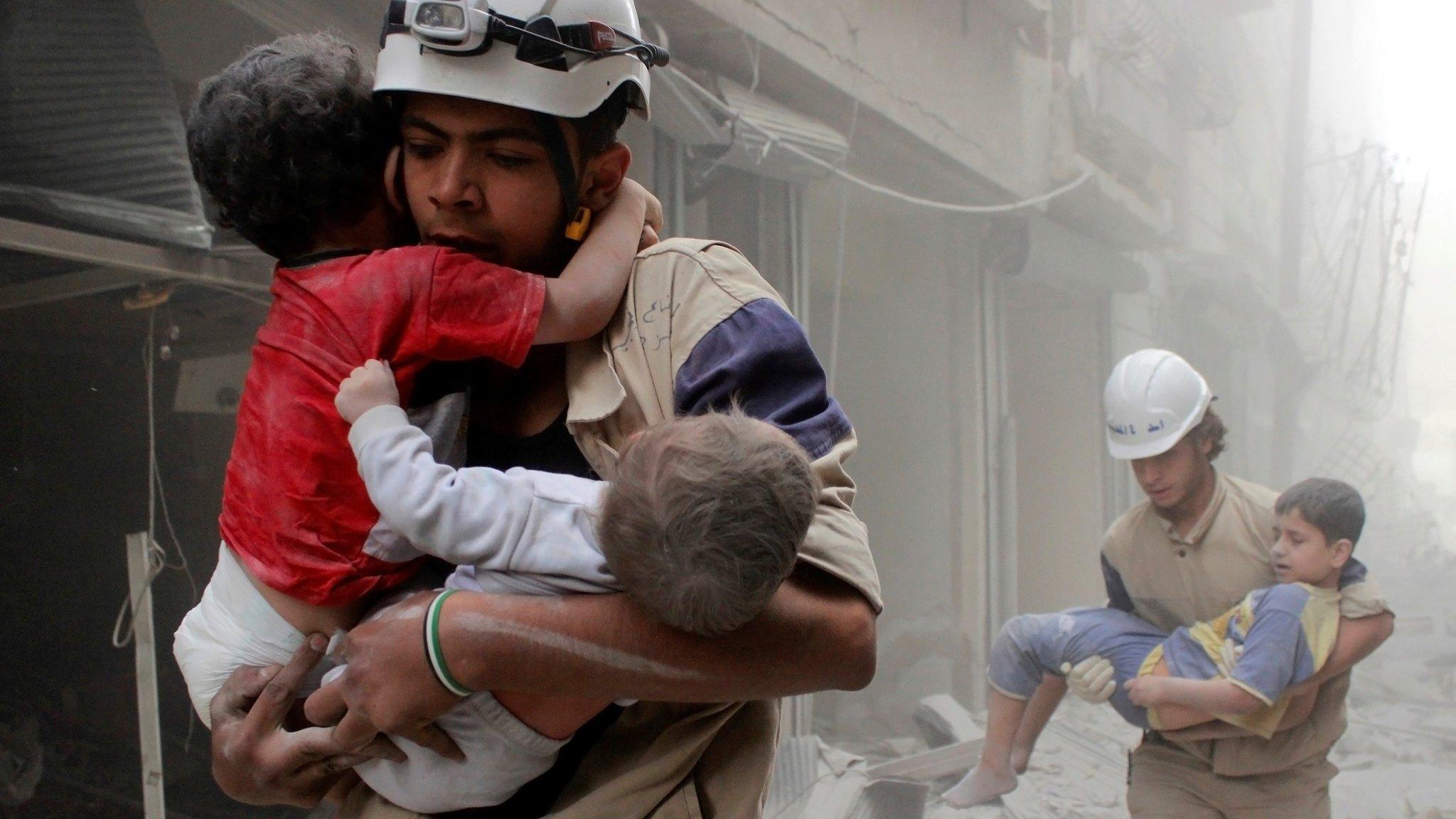
- Published28 November 2016
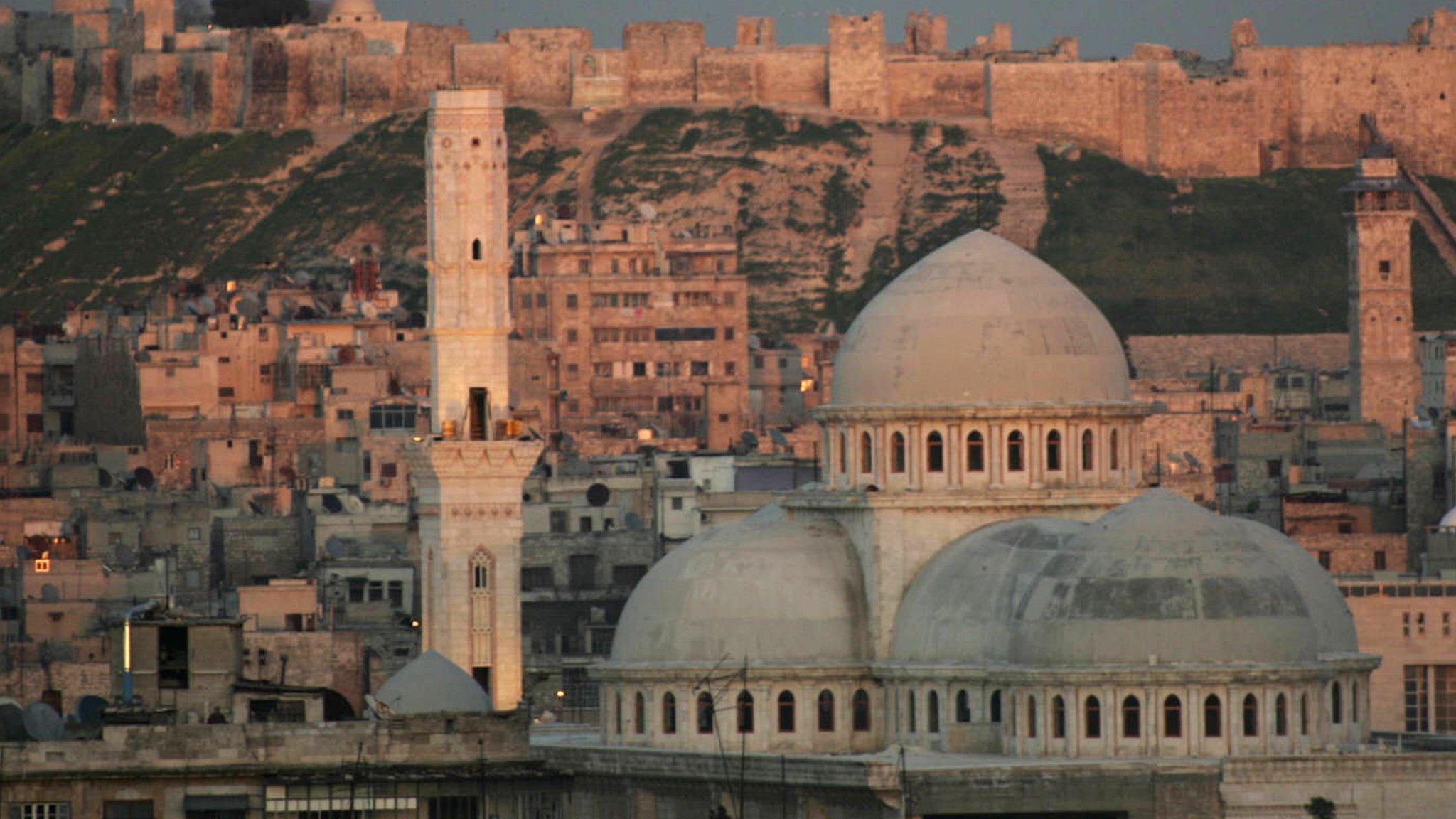
- Published3 December 2016